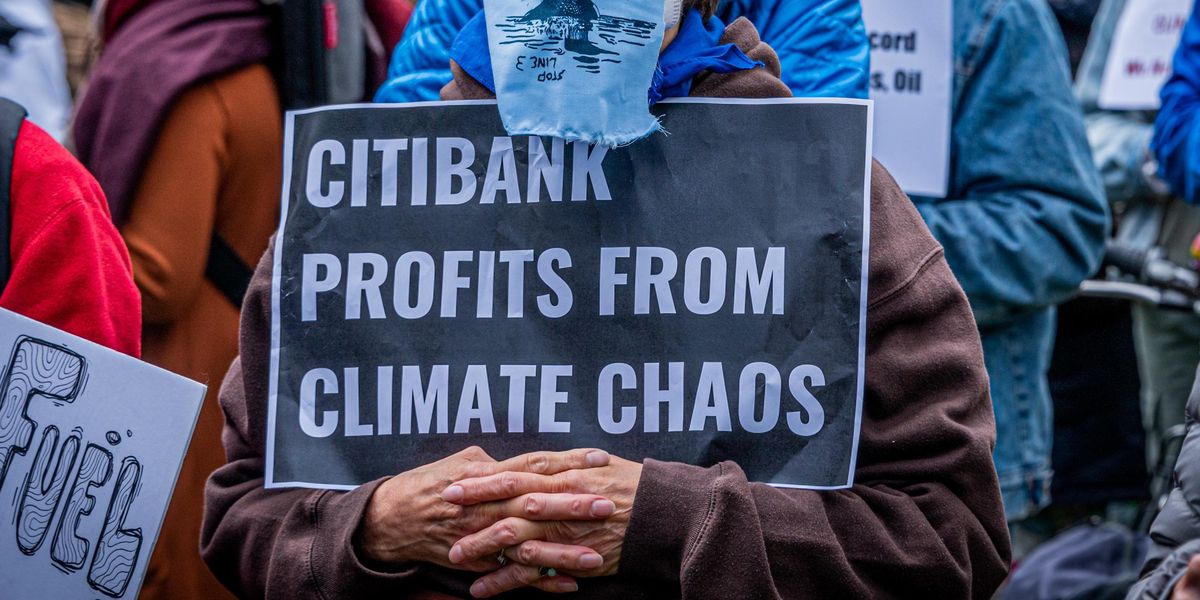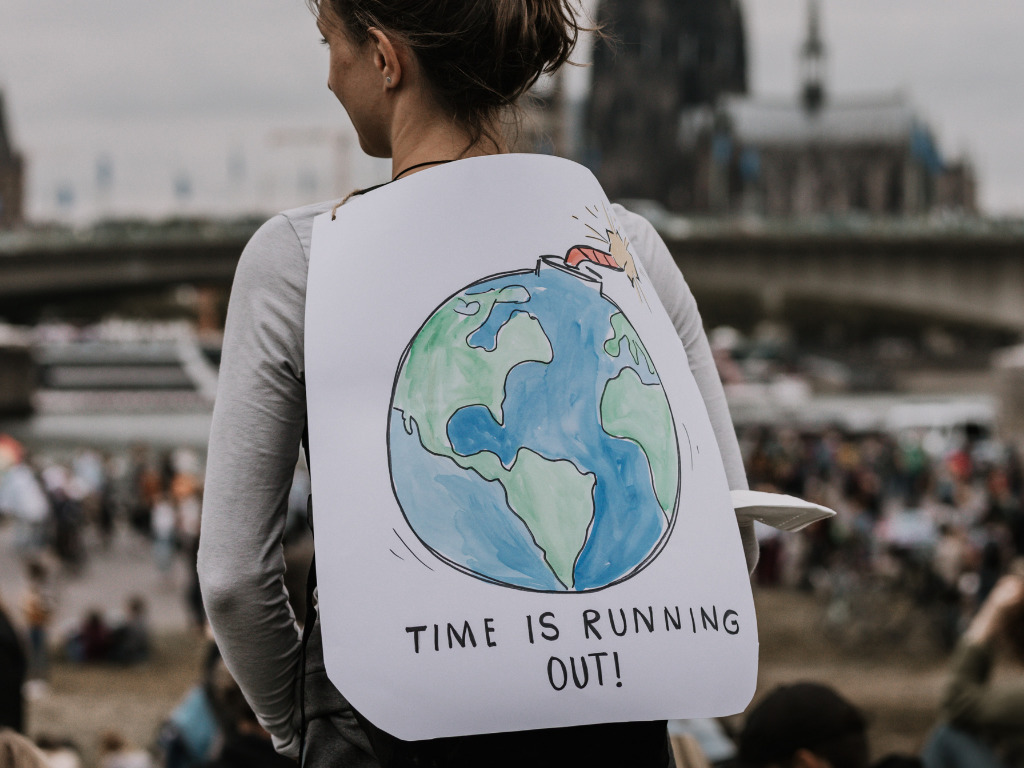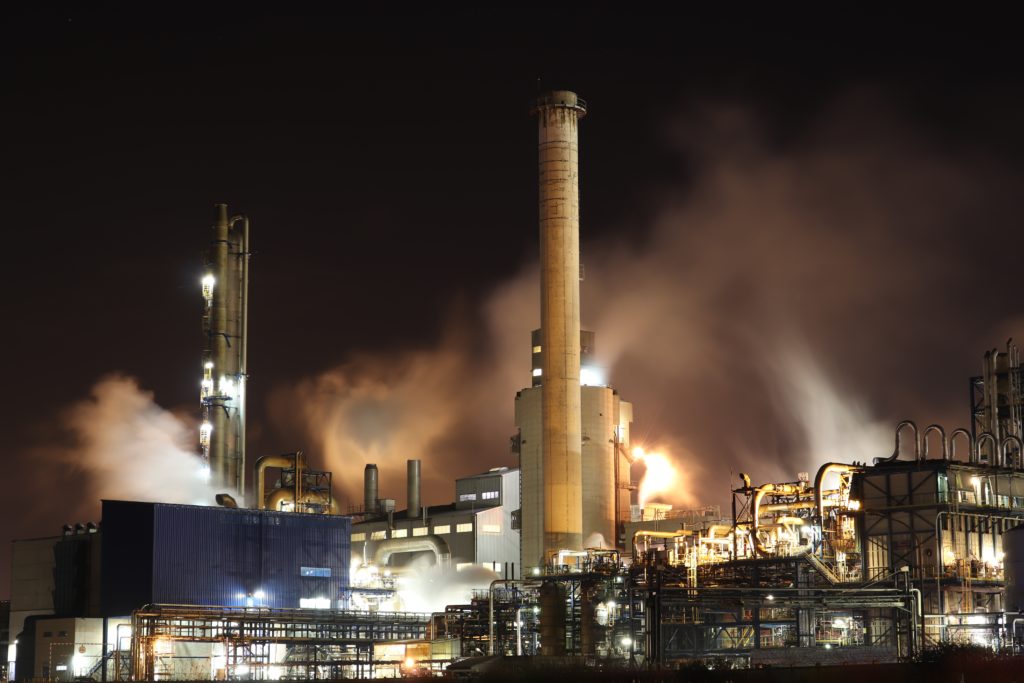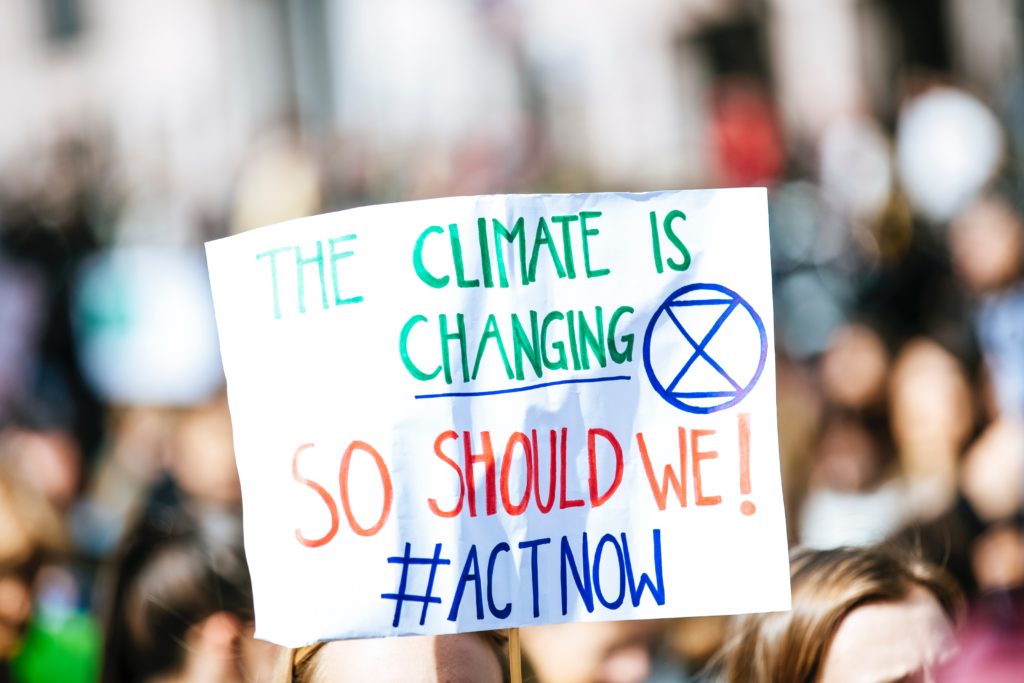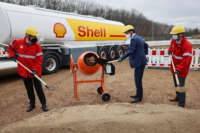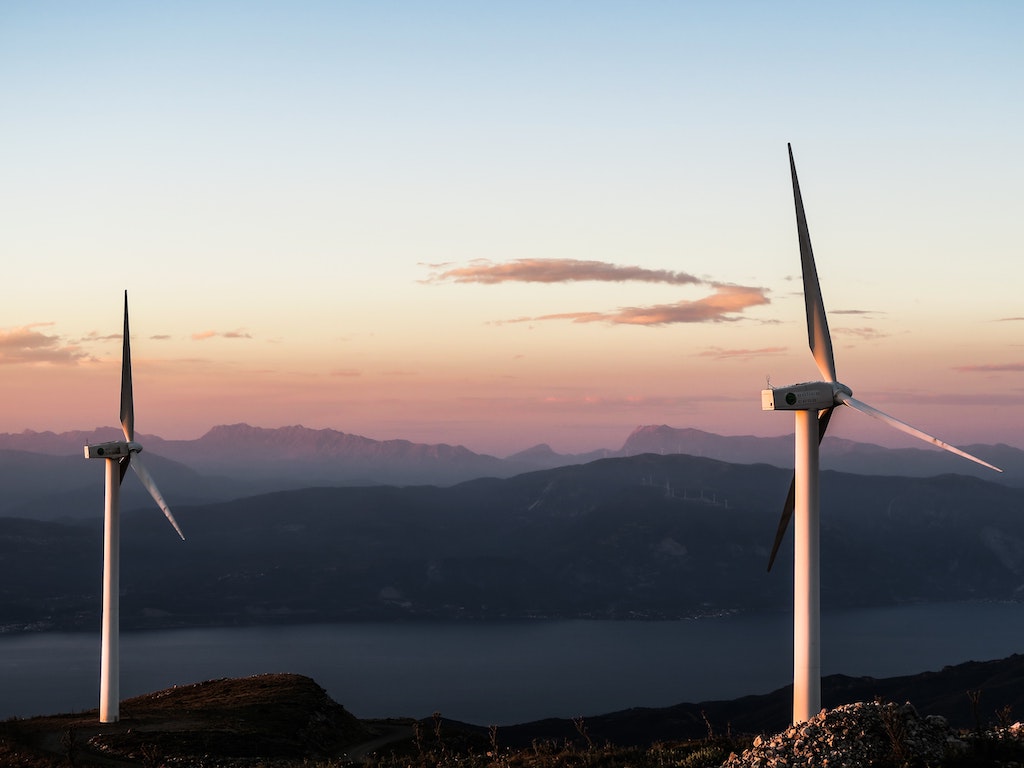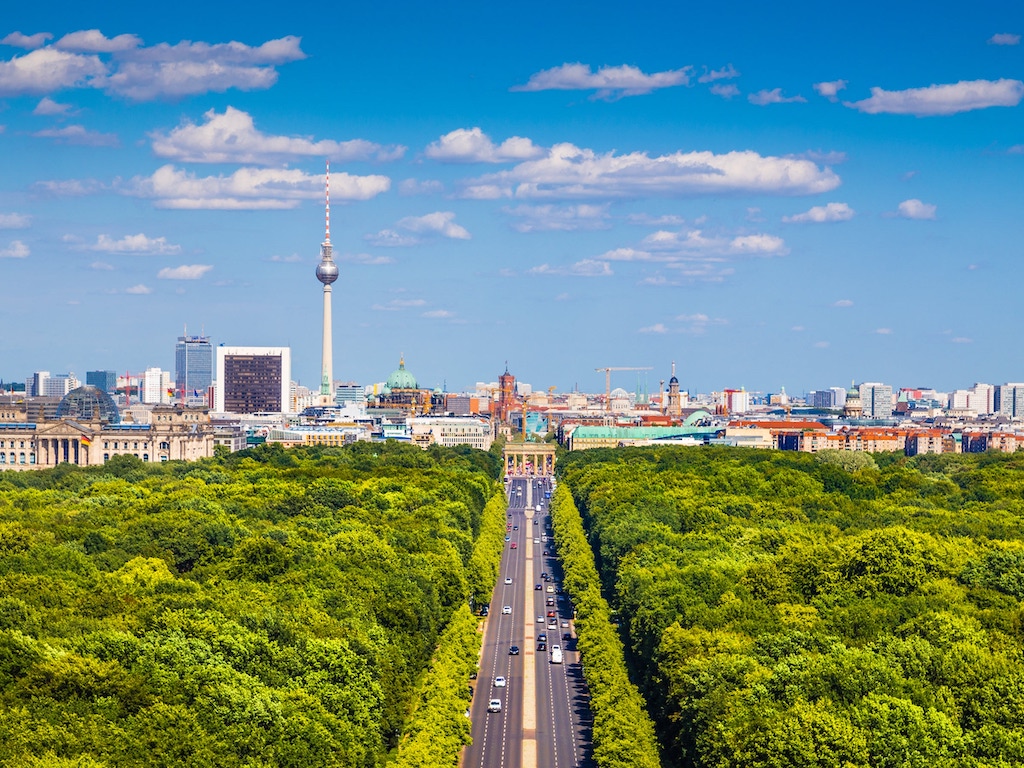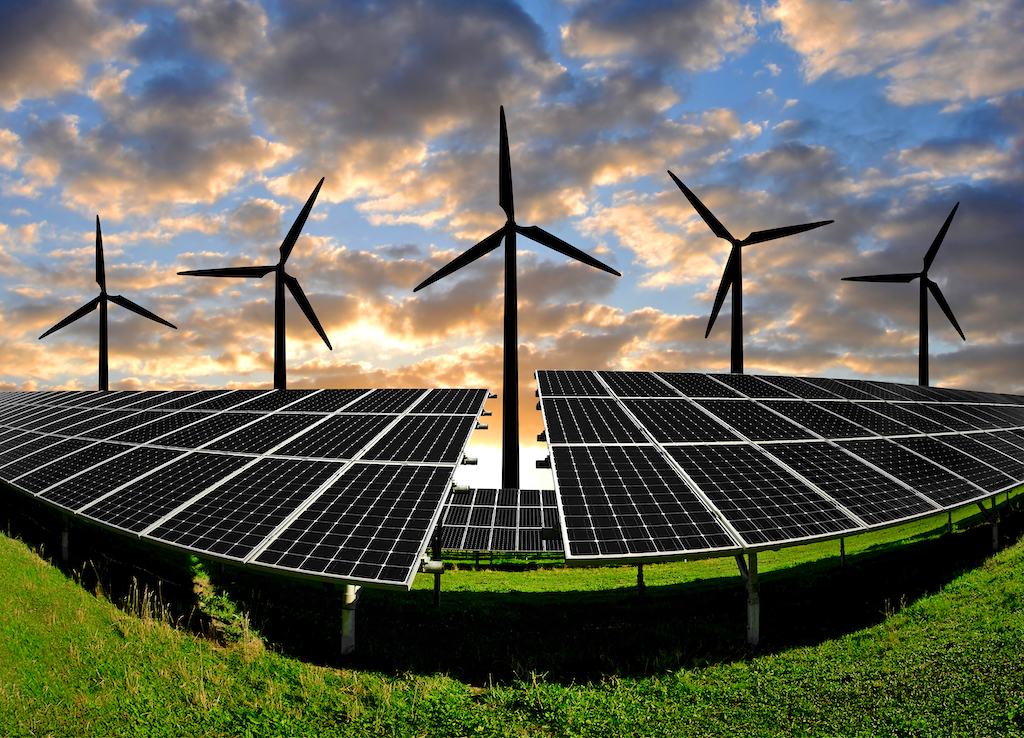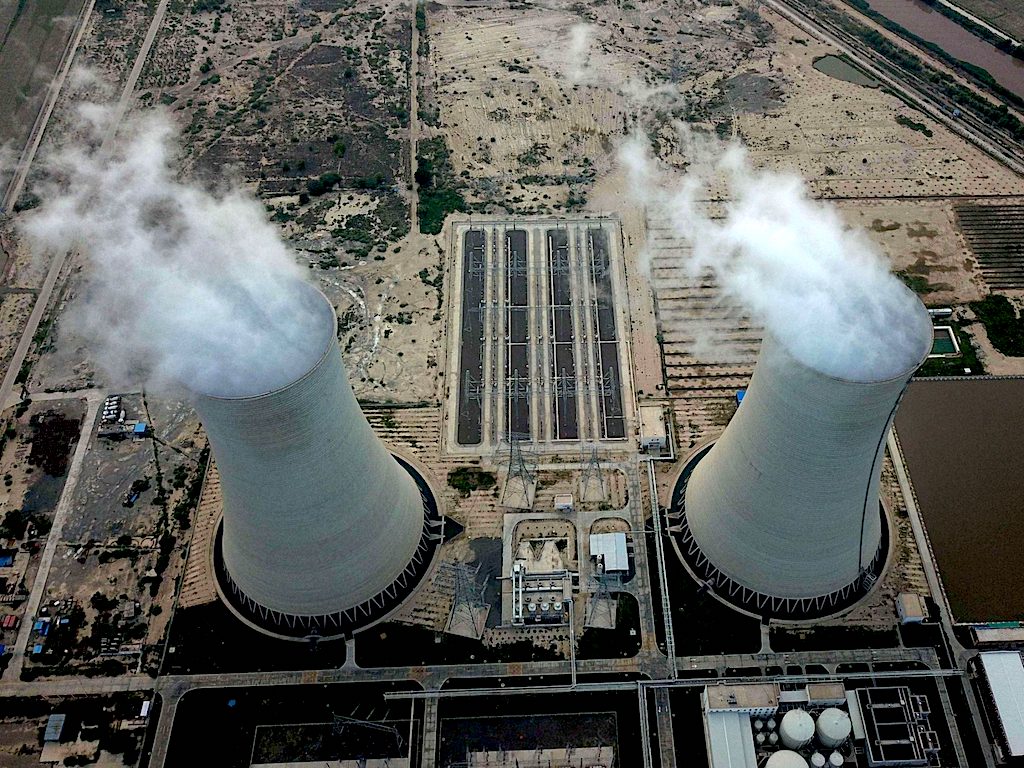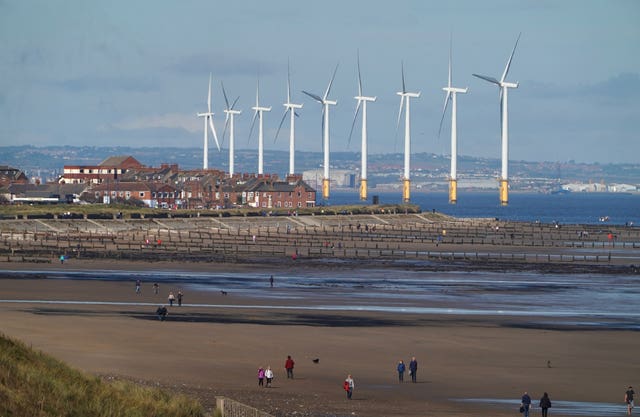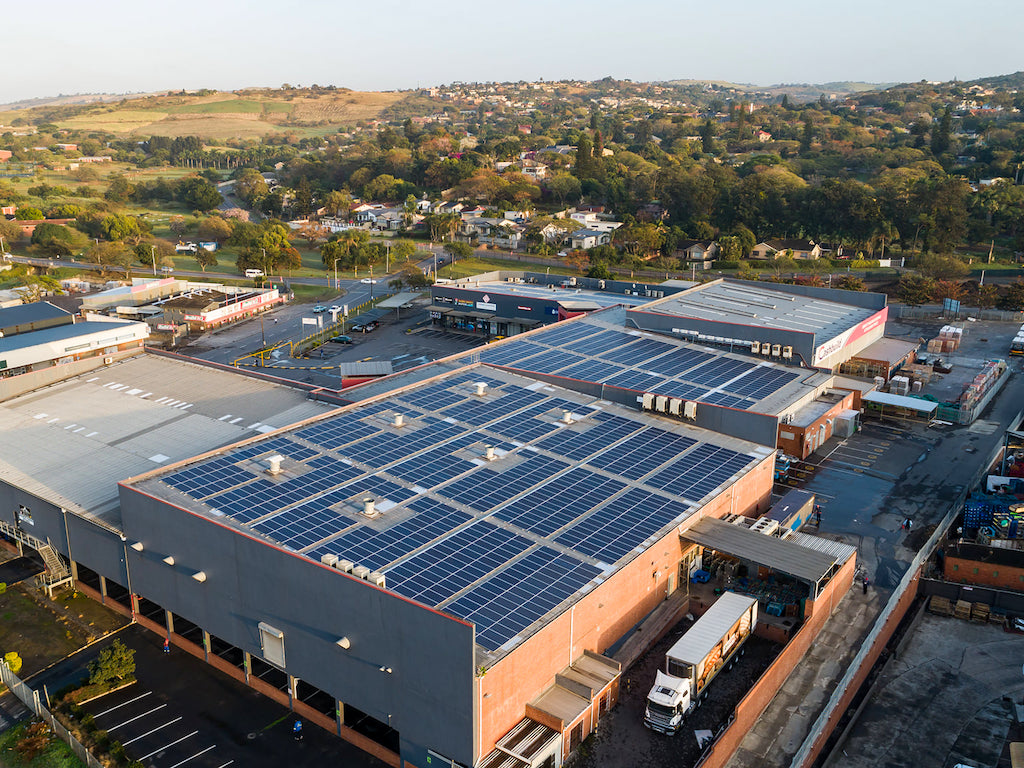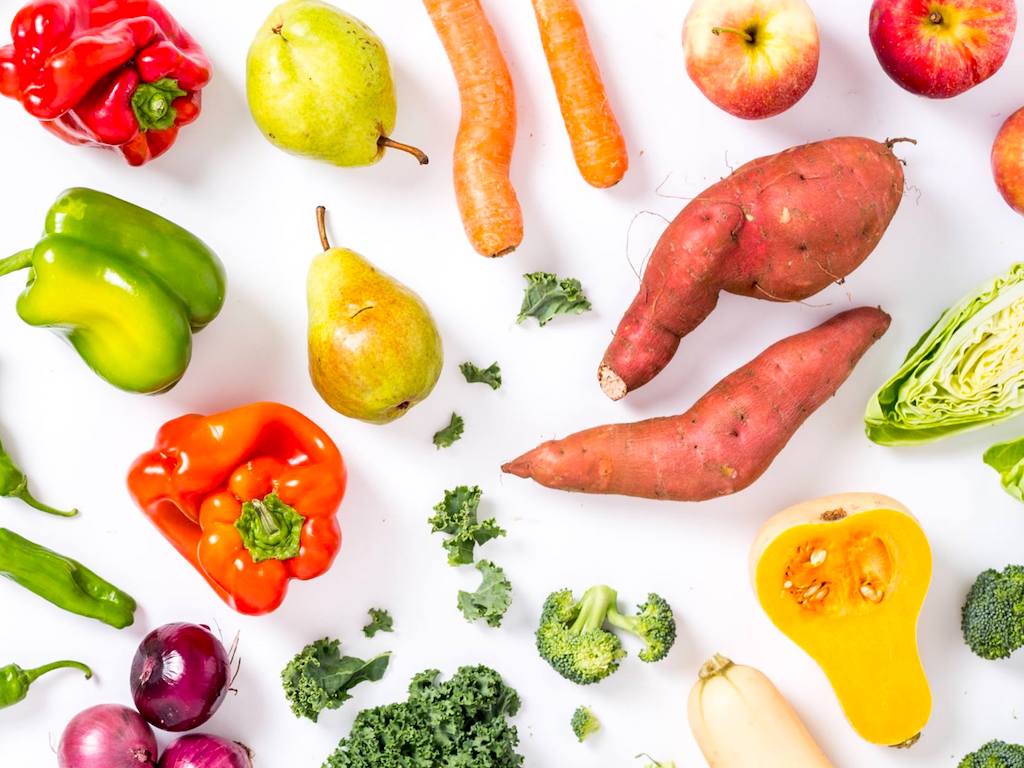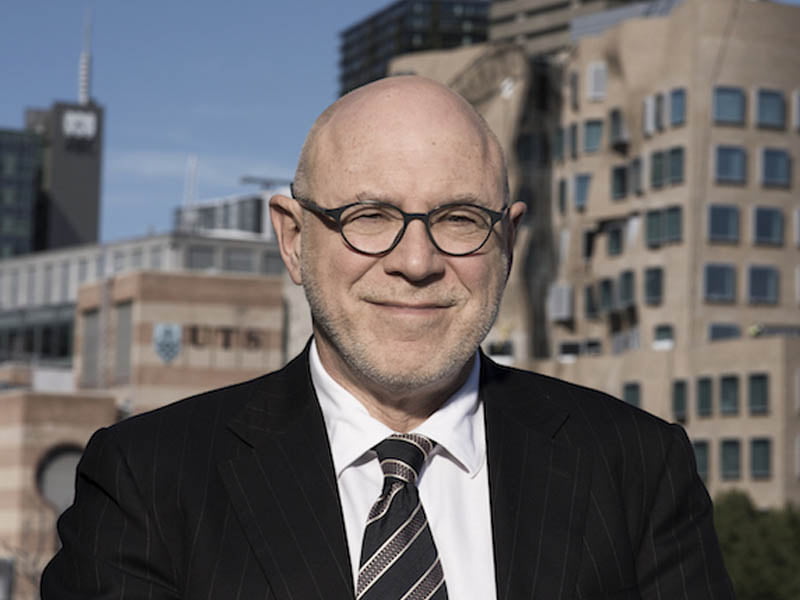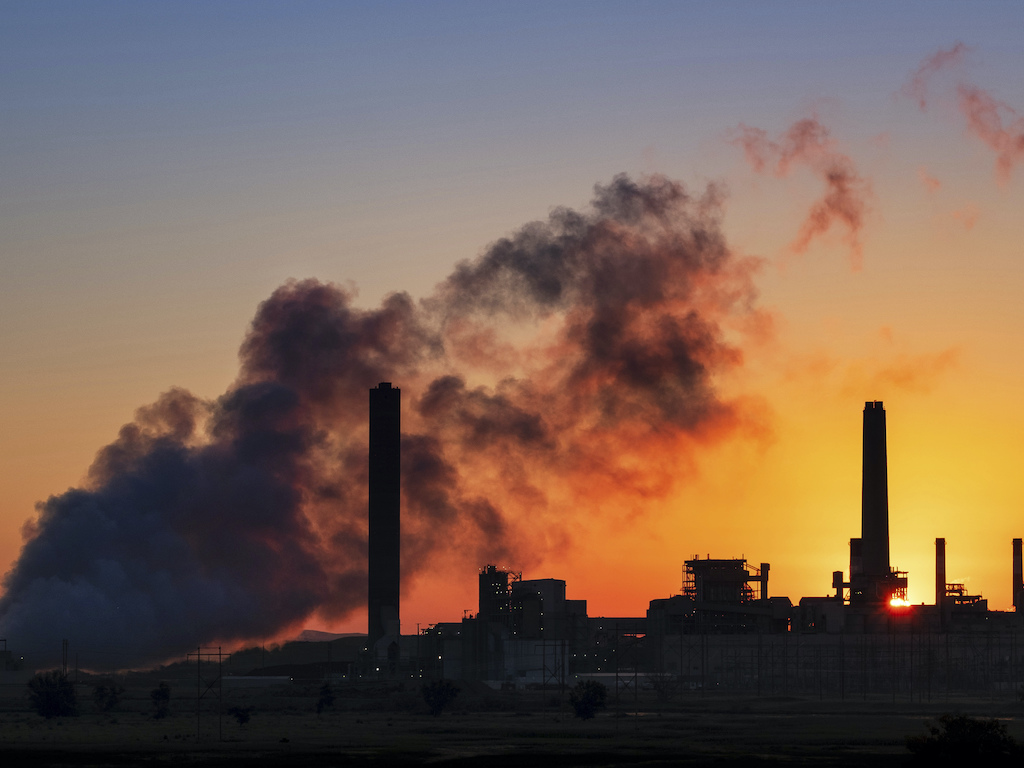The climate emergency is almost universally seen by nations of the world as a threat to future survival. But approaches to mitigate it that are promoted by policy makers in the Global North focus on so-called “net-zero” emissions based on dubious carbon trading schemes to maintain current lifestyles and business as usual.
But, in the Global South, popular environmentalism relates to the struggle to achieve fair ecological distribution, to defend community access to natural resources, and to protect people’s livelihoods — all of which are threatened not only by climate change but unequal burdens placed on the Global South by so-called “nature-based solutions.” This has been seen quite dramatically in programs such as Reducing Emissions from Deforestation and Forest Degradation (REDD) that has led to displacement of Native cultures in order to convert or commodify ecosystems into assets to be traded as carbon offsets for carbon-emitting industries.
Moreover, green policies that promote “renewable energy” technologies such as solar panels, wind turbines and electric batteries threaten to do even more harm to ecosystems in extraction areas by destroying biodiversity, contaminating water, and causing social and environmental damage to local Indigenous communities.
As underscored in the latest United Nations Intergovernmental Panel on Climate Change report, a 1.5 degrees Celsius increase in global temperatures above preindustrial levels is imminent and temperature increases could even exceed this level. As the planet moves toward this daunting benchmark, renewable energy technology is being heralded as crucial in efforts to rapidly decarbonize global energy systems. Moreover, the concept of shifting to renewable energies with a full transition to wind, water and solar energy by 2050 is presented by technology companies as both technically and economically feasible with few downsides.
The transition to a low-carbon world, however, threatens to replicate the ecological destruction of the fossil fuel extraction system on the ecosystems of the extractive areas. As such, climate change mitigation based on renewable energy transition has become complicit in condoning ecological degradation and perpetuating violent conflicts, as well as unjust patterns of colonialism, racism, patriarchy, militarization and structural violence. In this sense, climate mitigation consequences are not distributed equally, nor are they experienced by a uniform set of actors. In fact, they threaten to exacerbate the climate debt to the Global South.
The most recent UN Climate Change conference in Glasgow, Scotland, COP26, delivered the Glasgow Climate Pact, in which 153 countries committed to securing near-global net zero emissions. The proposal includes a mitigation plan to accelerate the switch to electric vehicles, in which more than 30 countries, six major vehicle manufacturers and major cities set out their determination for all new car and van sales to reach zero emissions by 2040 globally, and by 2035 in leading markets.
The electrification of cars for decarbonization and the Paris Agreement and Glasgow Climate Pact requirements are examples of the same colonialist-extractivist business as usual and involve many environmental consequences while failing to cut carbon emissions at their source.
First, electric vehicles have a substantial carbon footprint because they require batteries made of lithium, a non-renewable resource stored in prehistoric water on Indigenous land. The process for mining lithium requires taking a large amount of water from vulnerable ecosystems, which disrupts their fragile natural balance.
Second, reducing emissions also depends on how electric vehicles are used post-production, because charging electric vehicles relies upon local electrical grids. Where electrical grids run on coal, electric vehicles may increase carbon dioxide emissions, which adds another layer to energy demand. The electrification of cars, as proposed by European and American policies, also reproduces the current model of individual car use and does not relieve congestion in crowded cities.
Lithium-ion batteries were launched in the 1990s and were gradually introduced in consumer electronics. The internal chemistry of lithium — light, conductive and energy-dense — allows it to recharge electricity quickly and efficiently. Lithium-ion batteries turn out to be many times more energy efficient than a nickel-metal hybrid equivalent, and these appealing properties have positioned lithium as a commodity that is central to the future decarbonization of the energy, electronics and automobile industries.
Lithium demand for the manufacture of rechargeable batteries has doubled in less than 10 years, and it is projected to increase fivefold by 2025. These predictions were made before the COP26, a process that is directly related to carbon-mitigation policies.
Sustainable, contemporary, responsible, reflexive and adapted to the 21st century, lithium is frequently framed as an environmentally benign resource that differs significantly from more impactful extractive resources, such as ores and fossil fuels. However, many of the extractive concessions awarded to lithium companies overlap with ancestral Indigenous territories, communal lands and protected ecological areas. The extraction of lithium in these areas has also been associated with multiple ecological risks that involve waste generation, landscape change, contamination of surface salts and water bodies, and impacts on flora and fauna.
Lithium extraction from mineral and brine deposits has been shown to deplete local water sources.
In Chile, lithium is extracted from underground brine found in the Atacama Salt Flat, one of the driest places on Earth. Lithium mining in the Atacama Desert impacts biodiversity, depletes water and displaces Indigenous communities in the extraction areas — communities that have been marginalized and criminalized by the government for no reason other than their occupation of this resource-rich land.
Chile has one of the most significant reservoirs of lithium in the world, and due to the characteristics of the reserves, lithium is relatively cheap to obtain. However, in contrast to what occurs with oil and coal, a small number of countries have the largest reserves and production of lithium, and these countries are concentrated in the southern hemisphere.
In the Atacama Desert, lithium is obtained from salty water drawn from the depths of the land. Then extracted using a chemical process. For the first step, companies drain more than 63 billion liters (16.6 billion gallons) of salty water per year. For the second part of the process, companies use and contaminate freshwater. Although mining companies argue that the water pumped from the underground of the desert is not used for human consumption, a rich variety of microorganisms that grow there nourish local species. Furthermore, the amounts of water extracted from the Atacama Desert exceed what the groundwater can generate sustainably.
A single electric vehicle battery requires 63 kilograms of lithium carbonate. Each ton of lithium carbonate, or the equivalent for 14 electric vehicles, requires the evaporation of 2 million liters of water — the equivalent of an Olympic-size swimming pool.
The central impact of lithium extraction in Chile relates to water use because the process involves the extraction of significant volumes of water from below the salt flats that cannot be sustainably replenished at the same rate that the water is pumped out. Brine extraction from the underground of the salt flats reduces the availability of freshwater in other areas of the salt flat for plants, animals and human consumption.
Due to the lack of water, Indigenous communities who inhabit the area have had to reduce their agricultural and pastoral activities — growing corn, quinoa and potatoes, and raising small-scale Andean livestock like guanacos, lamas and alpacas — while new generations have chosen to work in the mines or migrate to the cities to obtain a livelihood. Moreover, the increasing evaporation in the area and the higher land and lagoon temperatures have provoked “local climate change” that has directly affected the fragile biodiversity around the salt flats, reducing animal populations and plant survival. The pressure to extract lithium from the salt flats will continue if rudimentary evaporation technology remains one of the cheapest technologies.
The populations of the Atacama salt flat are in areas distant from the most important urban centers, and they constitute mostly small towns, communities or ayllus of between 50 to 500 inhabitants (except along strategic commercial routes).
This region has been home to human settlements for millennia, including for the Lickan Antay (Atacameños), Kolla, Quechua and Aymara peoples. These communities have traditionally relied on agriculture, livestock rearing and small-scale commerce.
The presence of mining companies further impacts these local communities. These impacts include the loss of their livelihoods, the extinction of plants for medicinal use and internal conflicts regarding how to spend the royalties that the communities receive from the mining companies. Additional problems include theft, drug addiction and alcoholism among community members. Mining tempts young members to work in the mines for a salary and to abandon their farming traditions or to migrate to the cities for better opportunities. Mining companies also affect the local economy by providing jobs to people from other regions.
Lithium consumption is expected to significantly increase in the years ahead, motivated by green electromobility policies and everything related to the storage of renewable energy needed for decarbonization. This increase in demand will have extreme repercussions in the extraction zones, such as in Chile, where the mining companies request increases in the daily limits of brine extraction. The same happens in Argentina and Bolivia because the three countries are located in the “Lithium Triangle.” Demand may also call for the appearance of new lithium extractive projects, such as in Nevada, the United States or Mexico.
As long as the colonialist policies of resource extraction stay in place, countries in the Global South that pollute the least and do not have electric vehicles will suffer the most. With an increase in lithium demand, the negative impacts of lithium consumption will worsen: Their lands are destroyed, and their water is contaminated. It is essential to learn the lesson from all the colonialist mining projects that have taken place in non-industrialized countries to work for policies that promote solid local policies to protect their land.
There is a need to rethink solutions that move us away from fossil fuels and address climate change. Radical approaches are required, including drastically divesting from capitalist, colonialist life. Changing the mobility matrix away from single occupant vehicles and challenging the paradigm of progress requires real transformation, not a mere shifting in focus within the colonialist-extractive model.
This post was originally published on Latest – Truthout.
